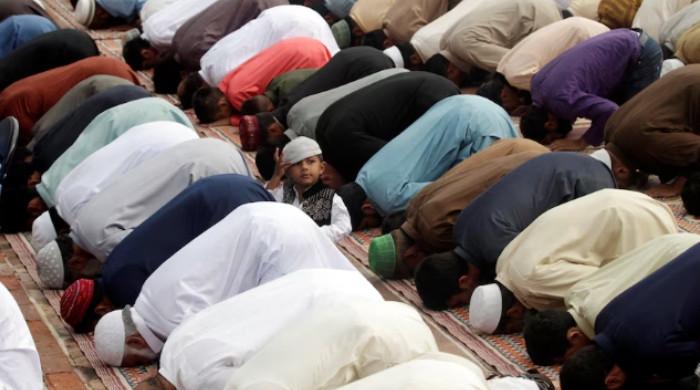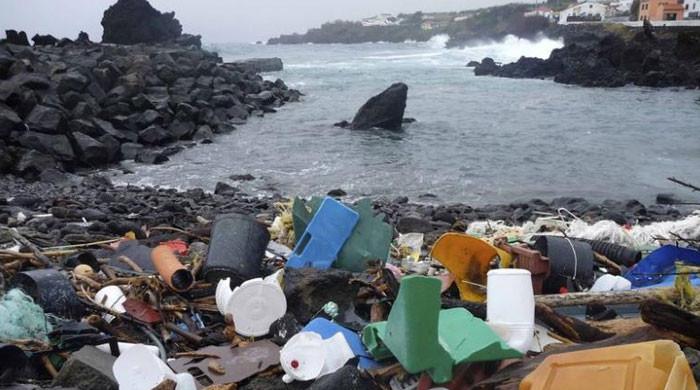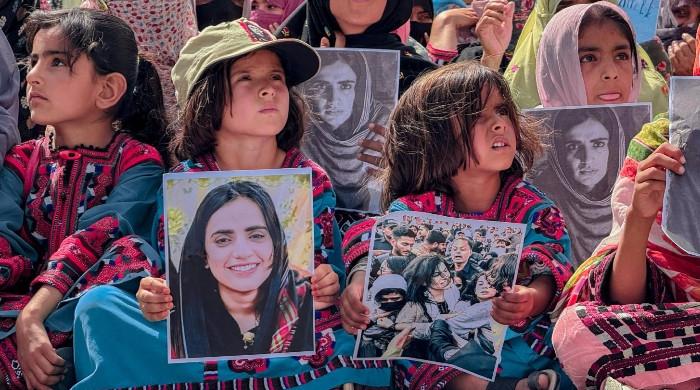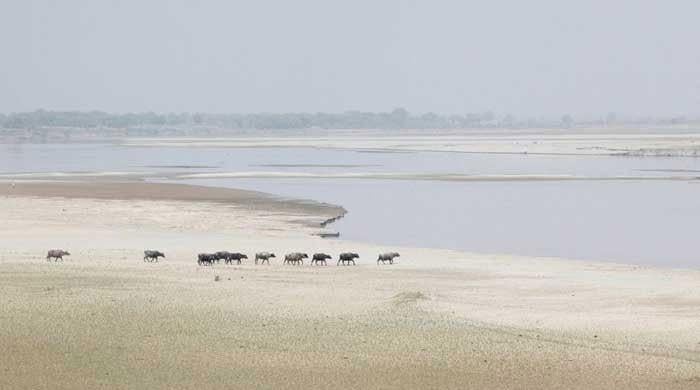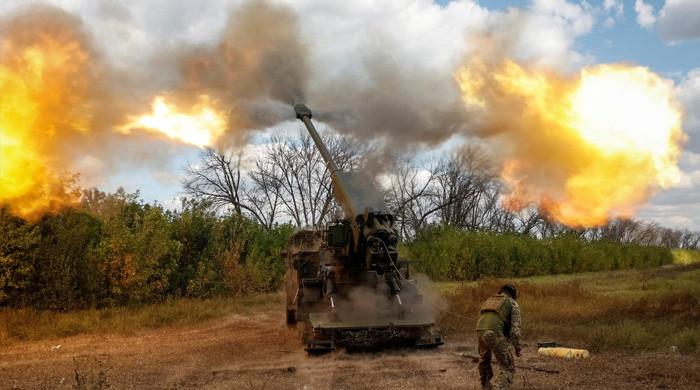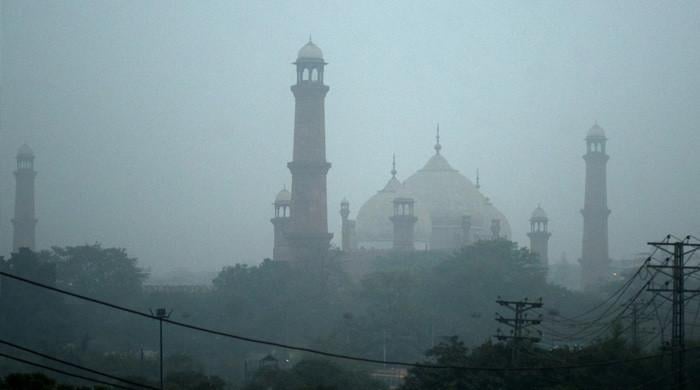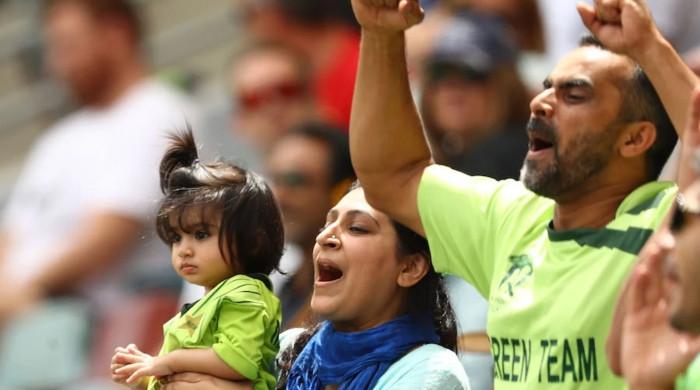Pakistan drafts laws to protect journalists: Here is what is in the bills
International Federation of Journalists has listed Pakistan among top five deadliest countries for journalists in the world
May 27, 2021
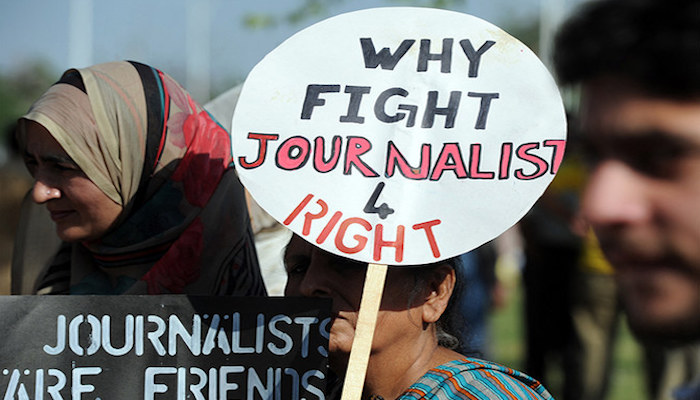
Pakistan has been listed amongst the top five deadliest countries for journalists in the world, by the International Federation of Journalists (IFJ). And just recently, it decided to do something about it, when it tabled two bills for the welfare and protection of journalists in the National Assembly and Sindh Assembly.
A few days after the bills were tabled, journalist and blogger Asad Ali Toor was attacked at his home by unidentified men. Around the same time, Fareed Khan, a photographer in Karachi was arrested. While, separately, a team of a private television channel was manhandled.
Undeniably, Pakistan has a long way to go in protecting the women and men who tell the truth. And maybe the two drafted bills can help, if implemented, in holding the unaccountable accountable.
Read more: EU concerned over state of freedom of press in Pakistan
What is in the bills? Let’s examine.
The two bills are titled: The Protection of Journalists and Media Professional Act and The Sindh Protection of Journalists and Other Media Practitioners Act.
The bill prepared by Sindh calls for setting up an Independent Commission to investigate crimes against journalists, including threats and acts of harassment and sexual harassment, physically and on digital spaces.
A retired judge of the High Court or Supreme Court or a retired civil servant with demonstrable knowledge of or practical experience in matters related to law, justice, human rights and public administration will head the Commission.
The salaries, allowances and terms and conditions of the Chairperson shall be decided by the Chief Minister in consultation with the other members of the Commission. The other members will include journalists from bodies such as APNS, CPNA, PBA, PFUJ and APNEC, representatives from the Human Rights Commission of Pakistan and the Sindh Bar Council.
Once formed, the Commission will look into complaints filed by journalists or media practitioners. It can even take suo-moto notice of any attack on a media person.
Read more: Unidentified men attack journalist Asad Toor at home in Islamabad
The Commission will then have 14 days to recommend to the government if any action is needed against a person, group of persons or any public or private institution found involved.
It can also direct the government to expeditiously investigation an attack and ensure speedy trial of an incident in the relevant court or model courts with a view to get the trial concluded within 90-days.
During its probe, the Commission can summon relevant records, individuals, authorities, government departments and agencies including police and the intelligence agencies.
The two bills also insist on a journalist’s right to protect his or her “source” of information. The drafted bills ensure that no government office, agency or institution will force, induce, coerce or threaten any journalist to disclose the identity of their professional source.
Both bills define a journalist as someone who is engaged by a newspaper, magazine, news website or any other news broadcast medium or any person working on a freelance basis. While the bills have rightly expanded the definition of “media practitioners” to include drivers, technical support staff and others involved in the collection, processing and dissemination of mass communication.
Today, there are at least 50,000 journalists, media practitioners in Pakistan, including a very large number of people who claim to be journalists as well as those who pursue this profession as part time.
Both bills, the one by the Pakistan Tehreek-e-Insaf government and by the Pakistan Peoples Party government, are a laudable development. In the last 74 years, not many laws have been made to protect journalists and media workers. Instead, legislation has been made to suppress the media.
One law, the Newspapers Employees (Condition of Service) Act, 1973, provided job security but could not bear the fruit for which it was meant.
I wish these two bills could have been made a law in 1989, when three journalists were killed within a few days in Sindh. Back then, nothing happened. No justice was served. In one incident, journalist Manzar Imkhani of the Daily Jang was shot dead near his house. Later, another columnist Dr Chishti Mujahid was killed for one of his columns in Quetta.
In 2005, a new wave of terrorism hit Pakistan’s media, when journalist Hayatullah Khan went missing. Five months later, his lifeless body was found, with both his hands in chains. The government constituted a high powered Judicial Commission to investigate the murder. His wife was promised justice.
Read more: Media restrictions threaten right to freedom of expression in Pakistan: Antony Blinken
But, as with most cases related to journalists in Pakistan, justice was never done. Till this day the findings of the Peshawar High Court have not been made public.
It is important to understand the challenges that working media persons in Pakistan face, which range from being murdered, to kidnapped, to being beaten and humiliated. Female journalists in the country routinely face abuse and vicious harassment online and offline.
Like Sindh, other provinces and federating units - Punjab, Khyber Pakhtunkhwa, Baluchistan, Azad Jammu and Kashmir and Gilgit-Baltistan - need to make their own laws to protect journalists and media practitioners.
This is a responsibility that rests with all of us in Pakistan to ensure that the truth-tellers keep serving the citizens.
Abbas is a senior analyst and columnist for GEO, The News and Jang. He tweets @MazharAbbasGEO




